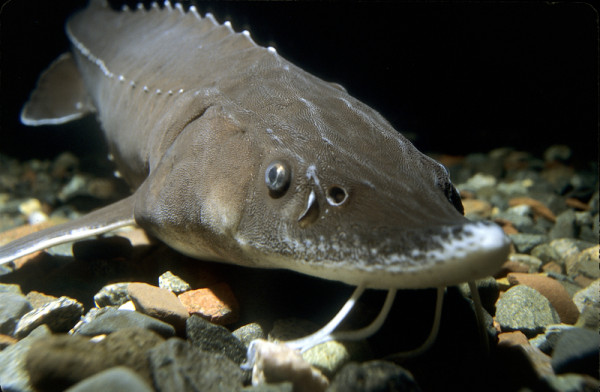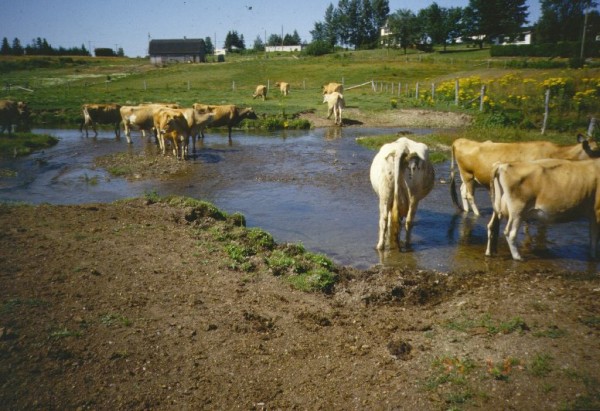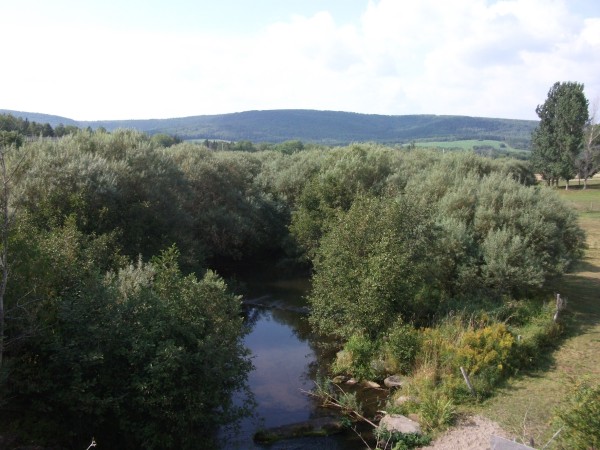Canada Water Week: Celebrating water heroes and saving homes for sturgeon
Written by Ben Whalen, Project Manager, Kennebecasis Watershed Restoration Committee
The Kennebecasis Watershed Restoration Committee is made up of community Water Heroes, working to preserve habitat for our Canada Water Week hero species – the St. John River’s shortnose sturgeon.
Sturgeons, we know them as ancient, prehistoric-looking and long-living. These sometimes giant fish first appeared on Earth approximately 250-million years ago – evolving and mutating from their ancestor the shark. There are 27 species of sturgeon in the world. All of them are either threatened or endangered and all of them found in the Northern hemisphere.
One of these is the threatened shortnose sturgeon. Native to New Brunswick, this rare species is found in the St. John River basin, including the Kennebecasis River. These are the only waters in Canada the shortnose sturgeon now call home, having previously occupied rivers and estuaries all the way from Florida’s east coast to New Brunswick. About 2,000 of them remain in existence today, as habitat destruction, dams, and poor water quality depleted their numbers.
The Kennebecasis River – in particular, its deep bay and estuary areas – provide valuable winter habitat for these sturgeon. Adults are drawn to areas of the river influenced by ocean tides, while the young sturgeon and spawning adults migrate upstream in the summer. Here the water flows fast over boulders and gravel bottoms, providing valuable spawning habitat. As the river temperature drops in the fall, they move back downstream to the river mouth (estuary) and into the deep Kennebecasis Bay, areas where the largest populations are found.
The Kennebecasis Watershed Restoration Committee is working to support the habitat of the shortnose sturgeon by maintaining water quality, and working to reduce the amount of sediment that gets washed into these spawning beds, covering them over. By restoring river banks and shoreline areas, they’re helping maintain the habitat need to keep seasonal water temperatures ideal for spawning.
Conserving the existing population today is crucial for their long-term survival. That’s because they are slow to reach their breeding age, and when they do, they only breed every three to five years. They’re also slow to mature – males take 11 years and females 13. Supporting freshwater fish species that live so long has become difficult because of the threat of today’s fishing techniques, technology and other human impacts.
More effort to understand this species could go a long way toward preserving it into the future. Support for organizations such as the Kennebecasis Watershed Restoration Committee and the World Wildlife Fund is crucial for the protection of this noble species.
During Canada Water Week, show your support for our rivers, lakes and streams. Join the hundreds of Canadians working across the country to protect water health. You, too, can become a Water Hero by making a donation to our Loblaw Water Fund projects.




